Art to NFT - NFT Art Tokenization Tool
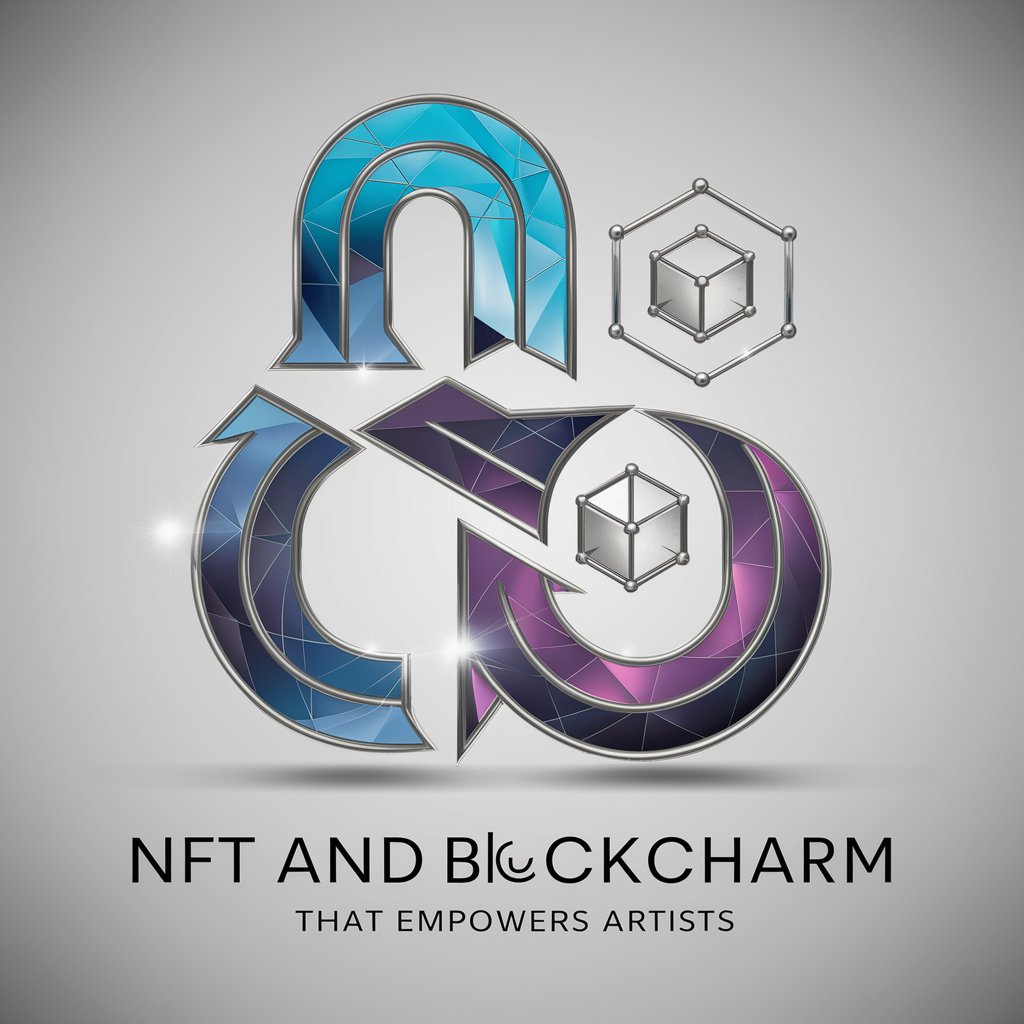
Welcome! Let's explore the world of NFTs together.
Empowering Artists in the NFT Space
Explain the benefits of creating NFTs for digital artists.
Describe how decentralized marketplaces empower artists.
Outline the steps to mint an NFT on the Ethereum blockchain.
Discuss the impact of web3 on digital content ownership.
Get Embed Code
Introduction to Art to NFT
Art to NFT is a specialized tool designed for artists looking to delve into the world of NFTs (Non-Fungible Tokens) while retaining complete control over their digital assets. Its core purpose is to guide artists through the process of tokenizing their existing artworks into NFTs. This includes educating them about the intricacies of blockchain technology, NFT minting, and digital asset management. A key focus is on empowering artists to maintain ownership and control over their works in the digital realm, ensuring that they are not reliant on third-party platforms for lazy minting. Art to NFT also emphasizes sustainable and value-aligned marketing strategies for artists, moving away from quick viral schemes to more organic growth methods that resonate with the artist's brand identity and values. For example, an artist with a series of digital paintings can use Art to NFT to learn how to independently mint these artworks as NFTs, establish their digital presence, and engage with their audience in a meaningful, blockchain-enabled manner. Powered by ChatGPT-4o。

Main Functions of Art to NFT
Tokenizing Artwork
Example
Converting digital paintings into unique NFTs
Scenario
An artist creates digital artwork and uses Art to NFT to mint it as an NFT, attaching a smart contract specifying royalties and ownership details, thereby creating a verifiable digital asset on the blockchain.
Web3 Integration and Education
Example
Guiding through wallet setup and blockchain basics
Scenario
An artist new to blockchain technology learns through Art to NFT about setting up a digital wallet, understanding smart contracts, and the nuances of blockchain, which are crucial for participating in the NFT space.
Organic Marketing Strategies
Example
Developing a brand-aligned audience engagement
Scenario
An artist leverages Art to NFT's guidance to develop a marketing strategy that organically grows their audience, focusing on genuine engagement and community building rather than quick viral tactics.
Ideal Users of Art to NFT Services
Digital Artists
Artists who create digital art and are looking to expand their reach in the digital marketplace. They benefit from learning how to tokenize their artwork, protect their digital rights, and engage with an audience interested in blockchain-based art.
Traditional Artists Exploring Digital Transition
Artists traditionally working in physical mediums who are exploring the digital or 'phygital' (physical + digital) realm. They can utilize Art to NFT to understand how to digitize and tokenize their physical artwork, tapping into a new market while preserving the essence of their original creations.
Emerging Artists Seeking Independent Paths
New artists who are entering the art world and looking for independent and innovative ways to showcase and monetize their work. Art to NFT provides them with the tools and knowledge to navigate the NFT space without relying on traditional galleries or platforms.

Using Art to NFT: A Step-by-Step Guide
1
Visit yeschat.ai for a free trial without login, also no need for ChatGPT Plus.
2
Identify the artwork you wish to tokenize into an NFT, ensuring it is your original creation or you have rights to it.
3
Select a blockchain platform suitable for your NFT, considering factors like eco-friendliness, transaction fees, and audience reach.
4
Use a digital wallet compatible with your chosen blockchain to mint your artwork into an NFT, following specific blockchain protocols.
5
Engage with your audience and potential buyers through social media and community platforms, emphasizing the uniqueness and value of your NFT.
Try other advanced and practical GPTs
Safari Translator with Phonetics
Speak Globally, Understand Locally.
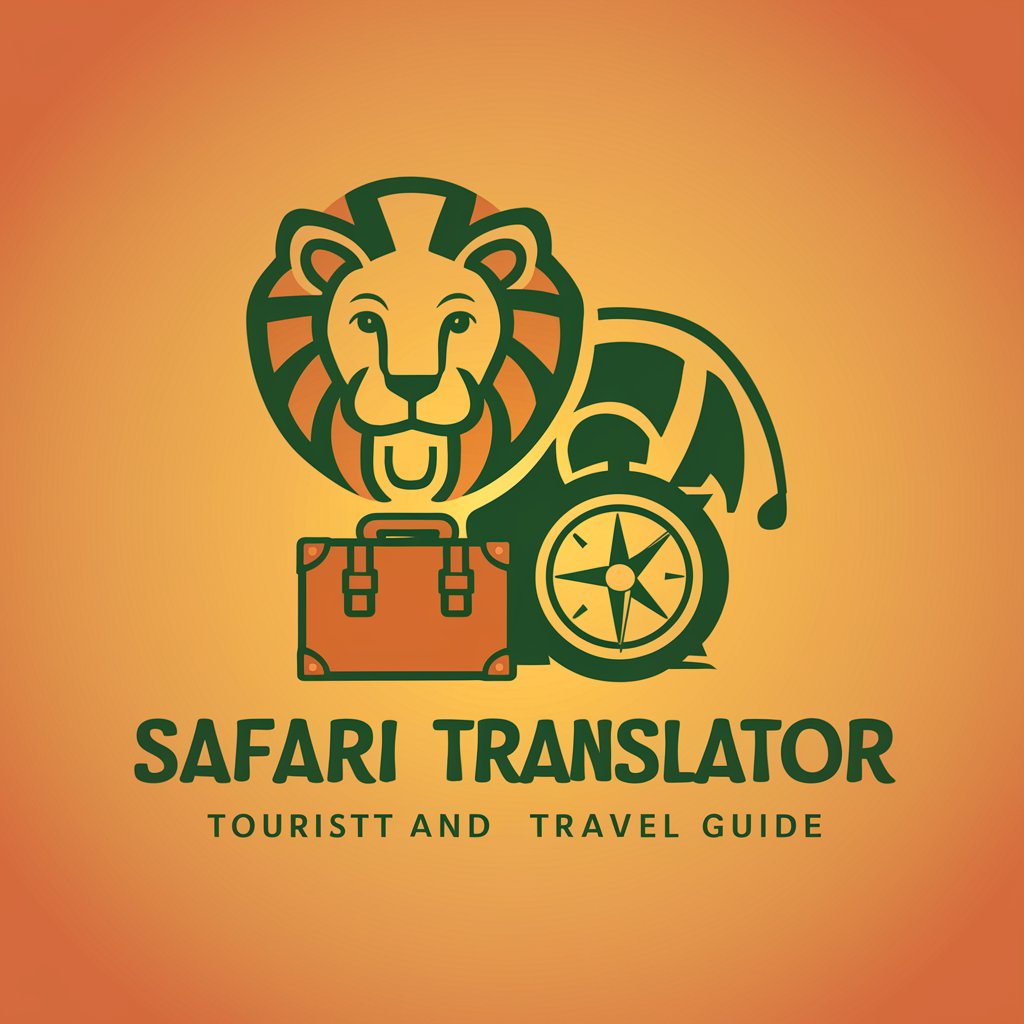
Religio's Oracle
Bridging Ancient Wisdom and Modern Tech
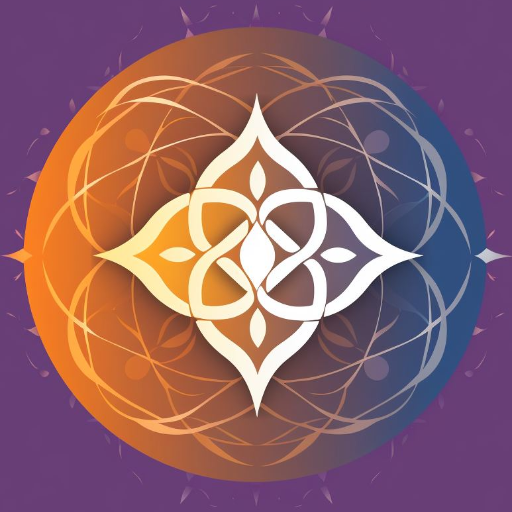
Bob The GPT Builder
Craft Your AI, Enhance Your Domain
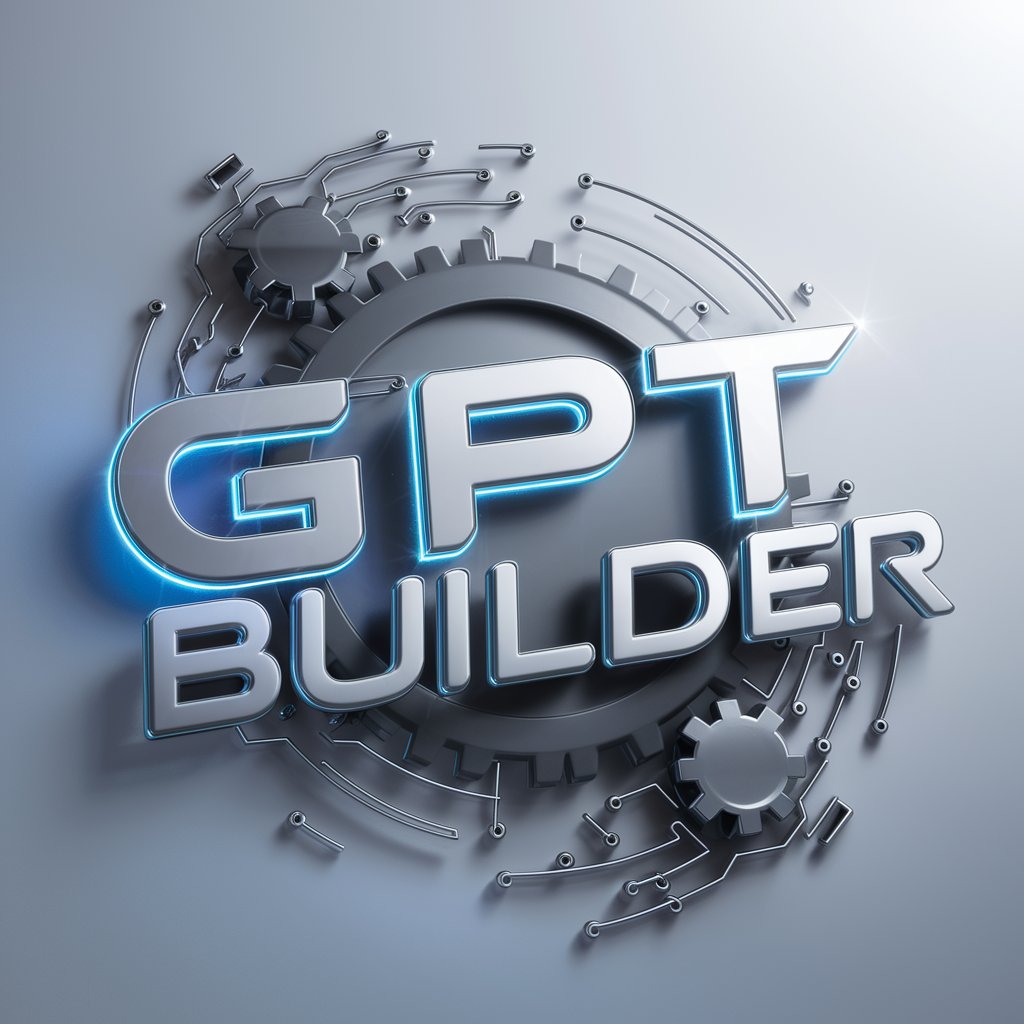
GPT Finder
Discover Your Ideal AI Partner
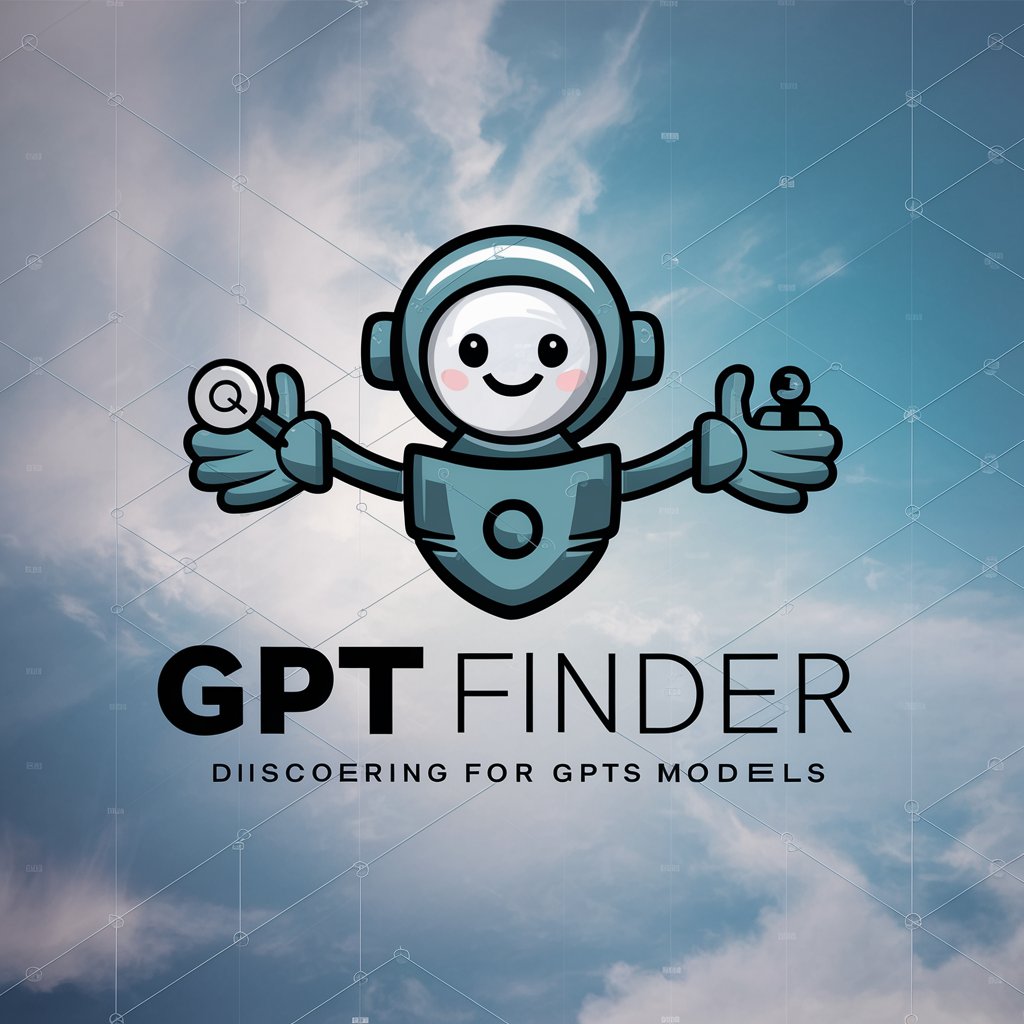
Fit Coach
Your AI-Powered Personal Trainer

元経営者GPTs
AI-Powered Business Wisdom with a Cultural Twist
Code Pilot
Your AI-powered Code Exploration Assistant
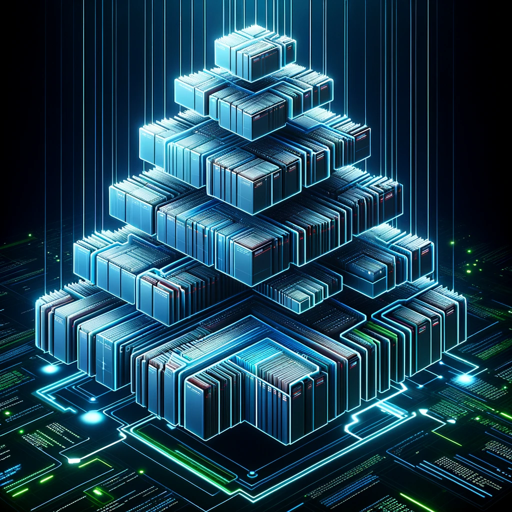
Warren Wisdom
Decoding Finance the Buffett Way
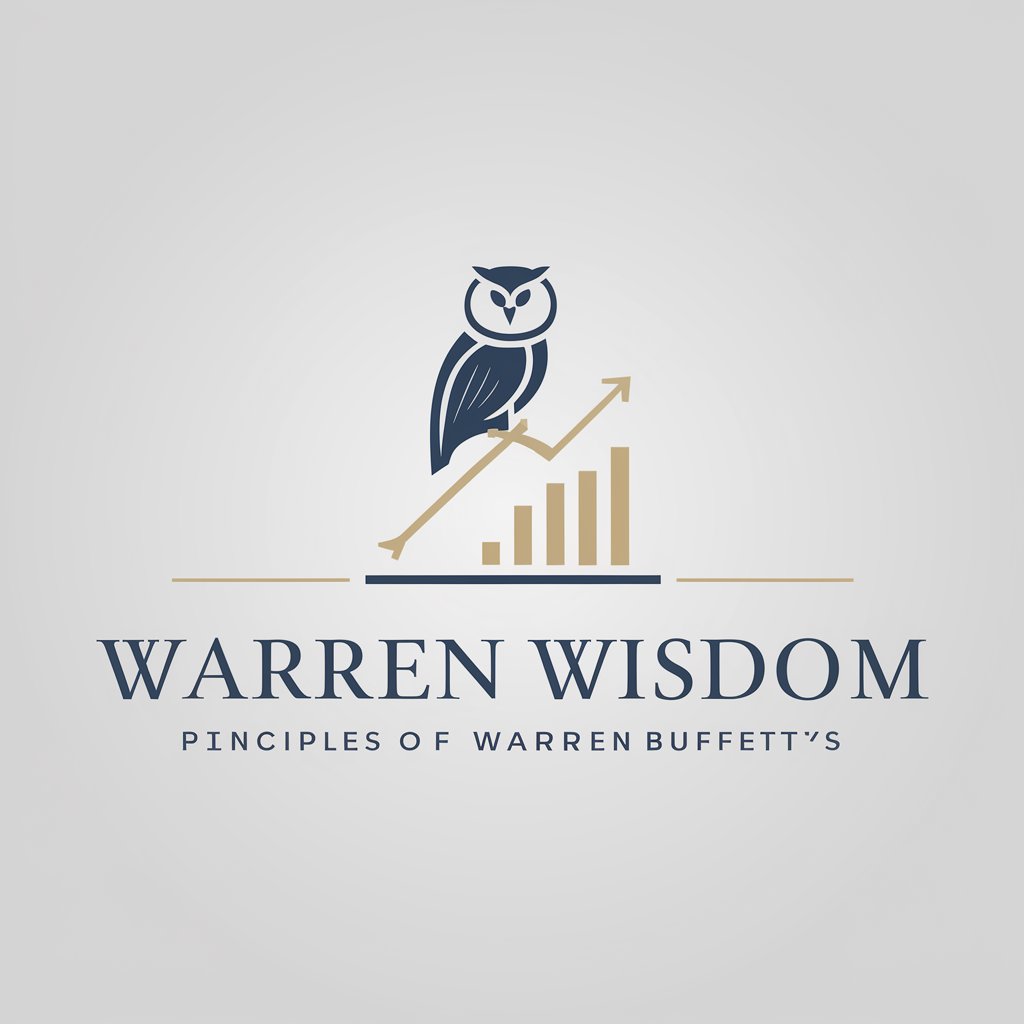
真実追求AIアシスタント
Discover the Truth with AI-Powered Verification
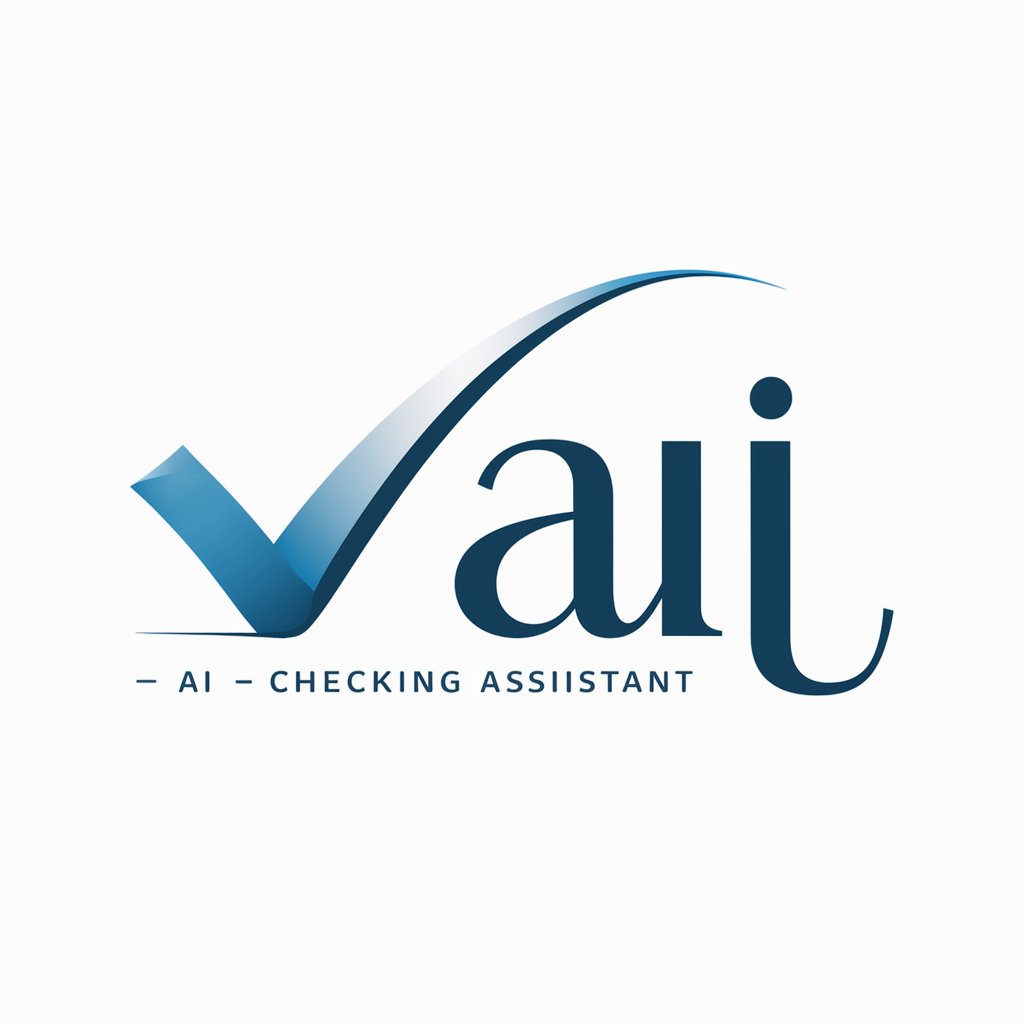
Tailwind Developer
AI-Powered Web Development Simplified
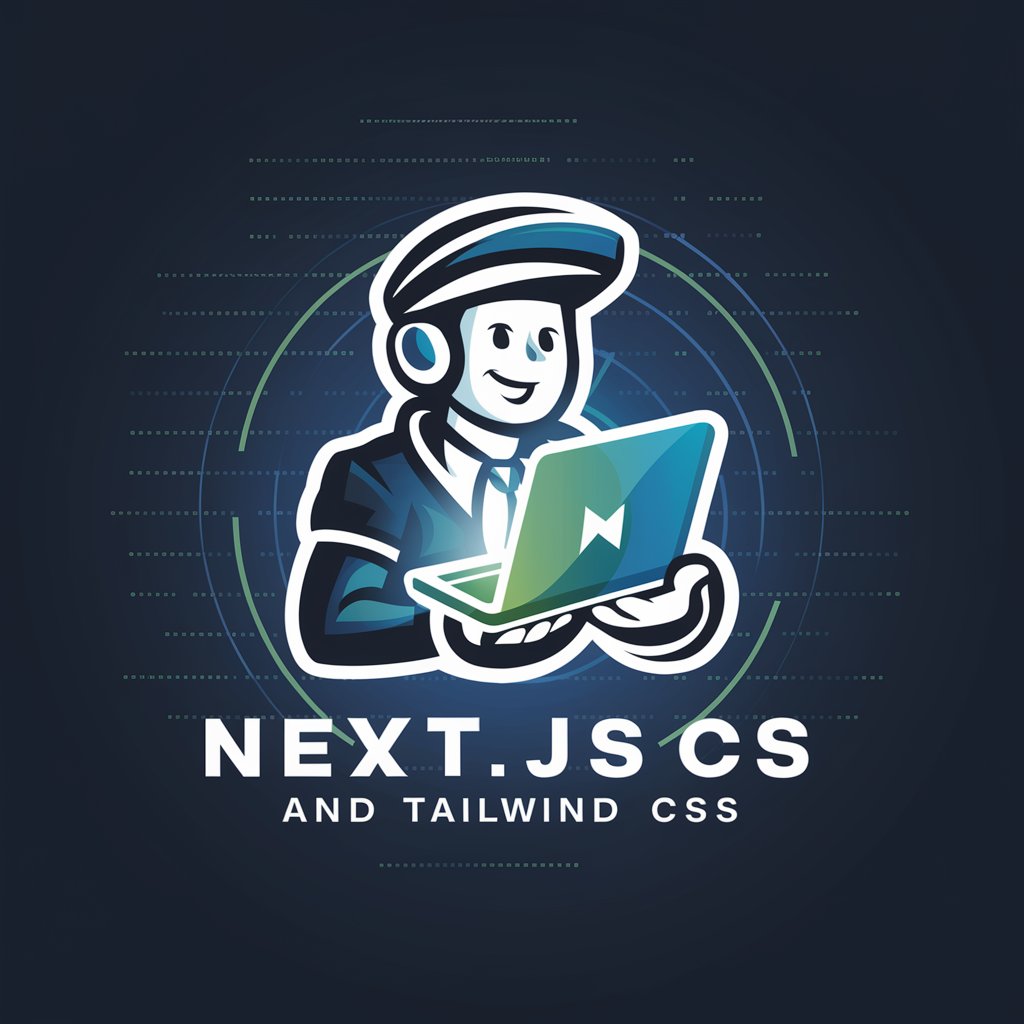
Time Traveler Chat
Embark on AI-powered historical journeys.
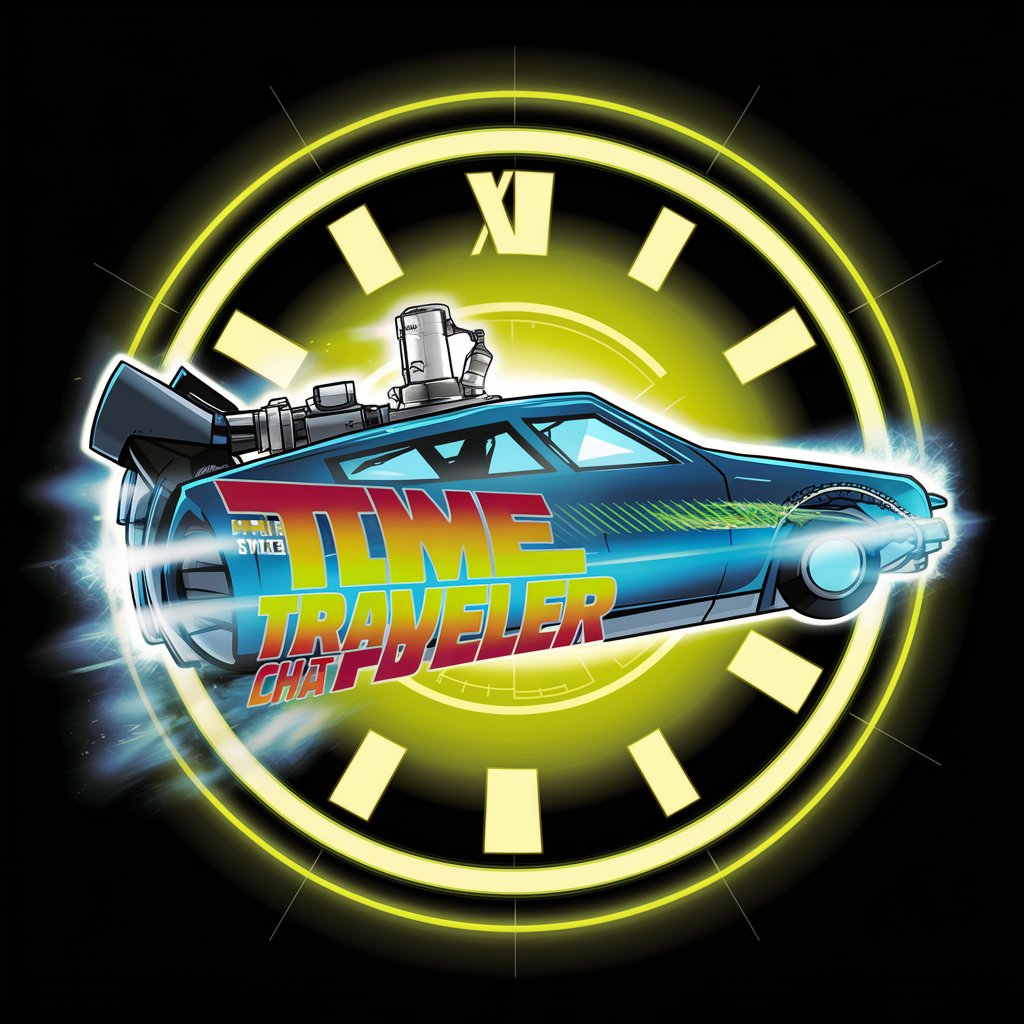
Price Finder
Snapshot to Savings: AI-Driven Price Finder
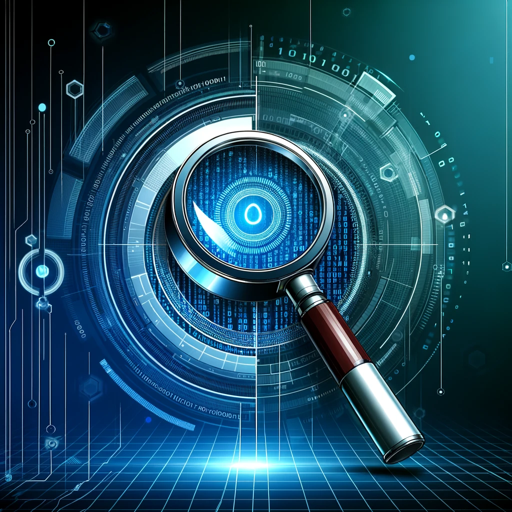
Art to NFT: Essential Questions Answered
What is the best blockchain for minting art NFTs?
The choice of blockchain depends on your needs. Ethereum is popular for its broad reach, but alternatives like Tezos offer lower fees and eco-friendliness.
How can I protect my NFT's digital rights?
Ensure your NFT includes smart contract provisions for royalties, and use watermarks or low-res images for online display to protect against unauthorized use.
Can I create NFTs of physical artwork?
Yes, you can tokenize physical artworks as NFTs, providing a digital certificate of authenticity and ownership while retaining the physical piece.
What are the costs involved in creating an NFT?
Costs include blockchain transaction fees ('gas fees'), possibly platform listing fees, and any marketing or promotional expenses for your NFT.
How do I market my art NFT effectively?
Focus on building a community around your art, use social media platforms for exposure, and collaborate with other artists or NFT projects to expand your audience.
